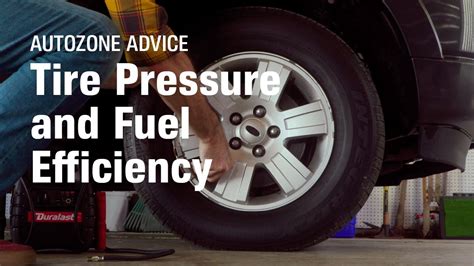Many drivers overlook a simple yet critical factor that significantly impacts their vehicle’s fuel efficiency: tire pressure. Underinflated tires are not just a safety hazard; they are also a silent drain on your wallet, forcing your engine to consume more fuel than necessary. Understanding the mechanics behind this wastage can motivate drivers to adopt better maintenance habits, leading to substantial savings at the pump.

The Science of Rolling Resistance
At the heart of fuel wastage due to low tire pressure is a phenomenon called rolling resistance. When a tire is properly inflated, its structure is firm, and its contact patch with the road is optimized. However, when the pressure drops, the tire flattens out more, increasing the size of the contact patch and causing more of the tire’s surface to flex and deform as it rotates.
This constant flexing and deforming of the tire’s sidewalls and tread generate heat and require more energy from the engine to keep the vehicle moving. Essentially, the engine has to work harder to overcome this increased resistance, much like pushing a cart with deflated wheels versus inflated ones. The more the tire flexes, the greater the energy loss, directly translating into higher fuel consumption.
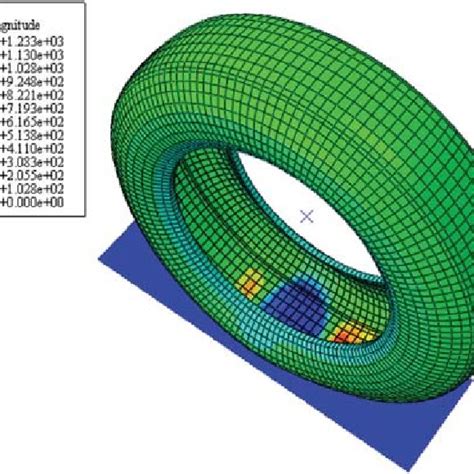
Direct Impact on Your Fuel Bill
The impact of underinflated tires on fuel efficiency is measurable and significant. According to various automotive studies, for every 1 PSI (pound per square inch) drop in pressure across all four tires, fuel efficiency can decrease by approximately 0.2% to 0.4%. While this might seem small, a typical car losing 5-10 PSI in its tires could see a reduction in fuel economy by 2% to 4% or even more.
Over the course of a year, these seemingly small percentages add up to substantial amounts of wasted fuel and money. For instance, if you drive 12,000 miles a year and your car averages 30 MPG, a 3% reduction in fuel economy means you’re effectively paying for an extra gallon of gas every 1000 miles, or about 12 extra gallons annually. This financial drain is entirely preventable with proper maintenance.
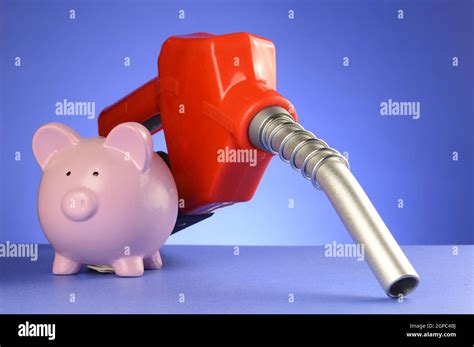
Beyond Fuel: Other Critical Consequences
The consequences of low tire pressure extend beyond just fuel economy. Underinflated tires wear out much faster and unevenly, particularly on the outer edges of the tread. This means you’ll need to replace your tires more frequently, adding another significant cost.
More critically, low tire pressure compromises vehicle handling and safety. It reduces steering responsiveness, increases braking distance, and can make the car feel sluggish. The increased heat generated by excessive flexing also elevates the risk of tire failure, including dangerous blowouts, especially at highway speeds. This puts you and other drivers at serious risk.
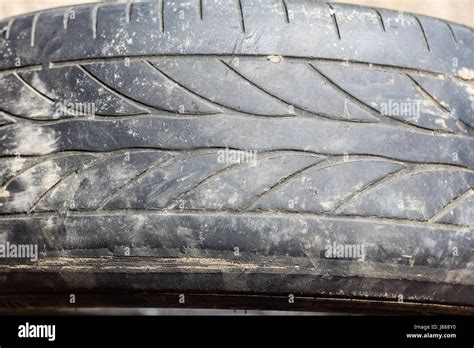
The Simple Solution: Regular Tire Pressure Checks
Preventing fuel waste and ensuring safety is remarkably simple: regularly check and maintain your tire pressure. Most vehicle manufacturers recommend checking tire pressure at least once a month and before long trips. The correct PSI for your tires can be found on a sticker located on the driver’s side door jamb, in your owner’s manual, or sometimes on the fuel filler flap – never rely solely on the maximum pressure listed on the tire’s sidewall.
A good quality tire pressure gauge is an inexpensive investment that pays for itself many times over. Check your tires when they are “cold,” meaning the car hasn’t been driven for at least three hours or more than a mile. This ensures an accurate reading before driving friction heats the air inside the tires.
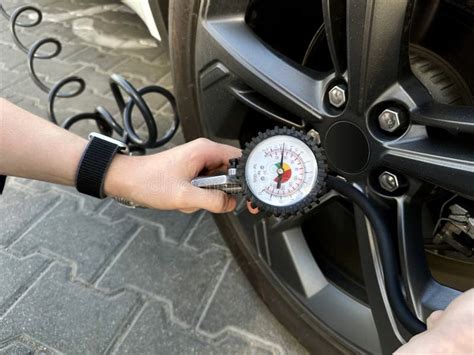
In conclusion, maintaining proper tire pressure is one of the easiest and most effective ways to improve your vehicle’s fuel efficiency, extend tire life, and significantly enhance overall driving safety. It’s a small maintenance task with a substantial return, benefiting both your wallet and the environment.
